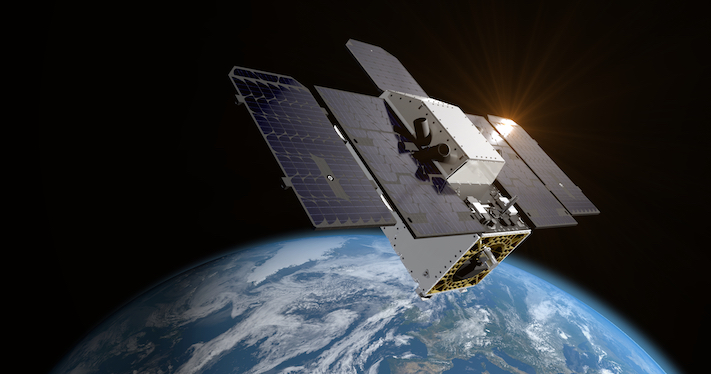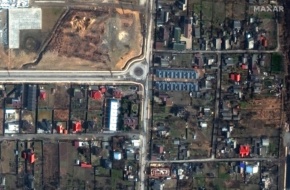There’s a new hyperspectral constellation concept in town.
Yesterday, Planet ($PL) announced it will build and launch a hyperspectral constellation, starting next year, with the Carbon Mapper Coalition. The planned constellation is known as Tanager, named after a colorful family of birds native to South and Central America. Tanager will focus on sources of methane and C02 emissions.
The Carbon Mapper Coalition: Planet’s public-private partnership with California and JPL is focused on creating open access digital tools and resources for combating climate change. Carbon Mapper, a tool tracking methane point sources across the US, is available for free through this partnership.
Tanager 101: The coalition first announced its plans for a hyperspectral constellation back in April. Hyperspectral data on methane and carbon dioxide point sources gathered by Tanager will be used to bolster Carbon Mapper’s data.
The Tanager birds will be equipped with spectrometers that can analyze the chemical composition of target areas to suss out not only whether a given area is a methane or carbon dioxide point source, but also “dozens of other environmental applications and indicators,” per Planet’s press release. Though only the methane and C02 data will be offered for free,
Carbon Mapper’s commercial customers will have access to the other information unearthed by the constellation’s hyperspectral sensors. Pairing hyperspectral data with EO data from Planet’s other constellations fills in gaps that can’t always be identified with optical imagery alone.
Tanager specs:
- 30-m resolution
- Data from across >400 spectral bands
- Shortwave infrared and high-precision 5-nm-wide bands
When? The first two Tanager satellites are currently slated for launch to sun-synchronous orbit (SSO) in 2023. Now, Planet says it is manufacturing three constellations—Tanager, Pelican, and its standard Doves—in its downtown SF lab.
Other players to watch: Planet isn’t the only player planning on offering open-access hyperspectral data.
EnMAP, a German hyperspectral mission, launched in April and currently provides 30 m resolution data. CHIME, an ESA and NASA collaboration currently in development, will also gather hyperspectral data to complement ESA’s Sentinel spacecraft. Finally, Pixxel is moving quickly to field its own hyperspectral smallsat fleet in the coming years.




